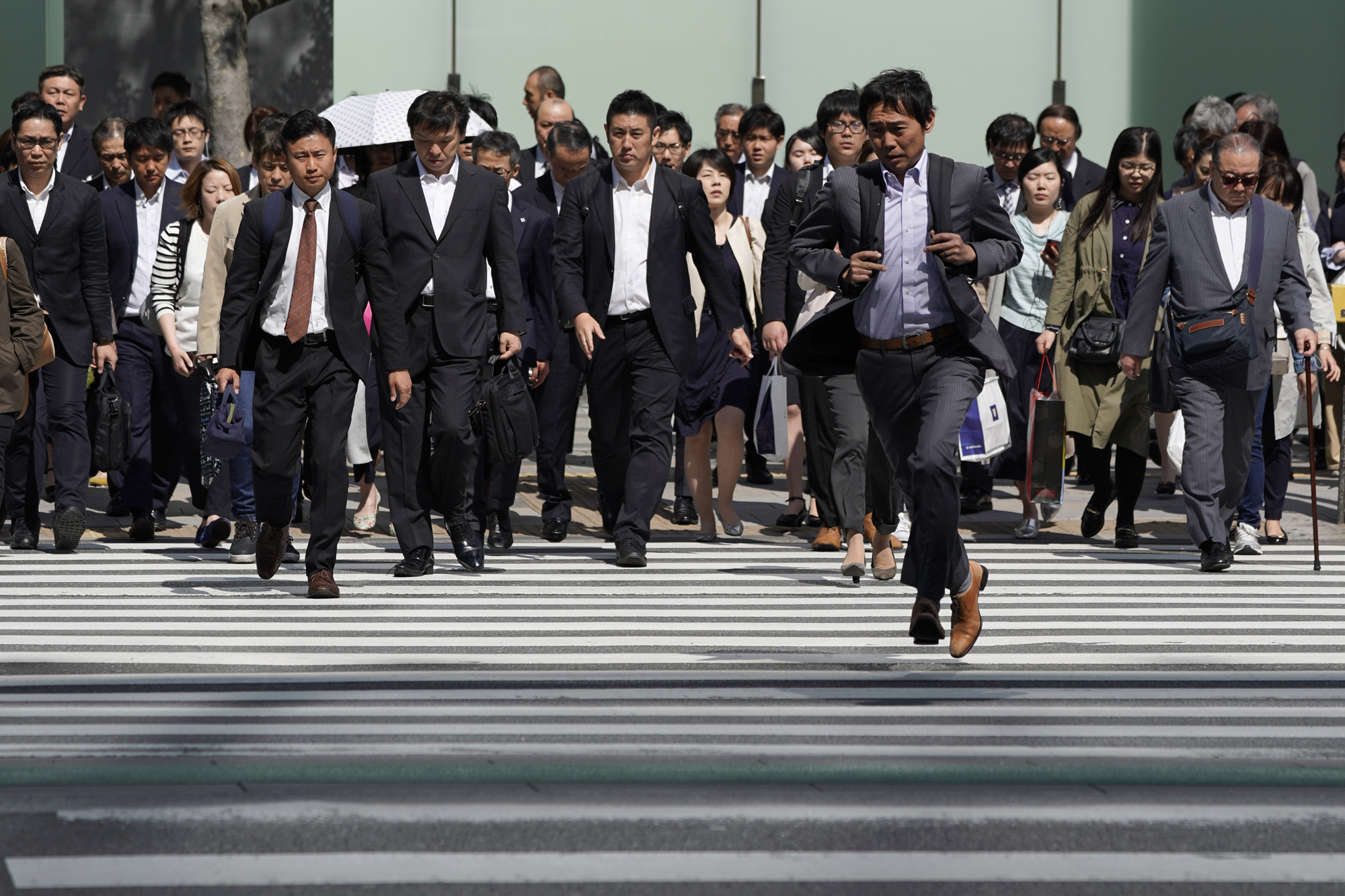Japan's labor market has achieved full employment over the past two years. Unemployment has declined over the past two years to below 3 percent—close to the levels of the 1980s and early 1990s—after peaking at 5.4 percent in 2012. Currently, most unemployed people are either those who quit jobs voluntarily or who reached retirement age and/or completed temporary labor contracts.
The lower number of laid-off workers indicates a growing labor shortage, which is already prevalent among small and medium-size enterprises. The shortage stems from a steady drop in the working age population (15 to 64 years old) since the mid-'90s and moderate economic growth, inviting working age housewives and people over the age of 65 to participate in the labor market.
Japan has also been facing an important production capacity shortage for the past two years across most sectors. This reflects firms' hesitance to invest in production equipment and structure after the global financial crisis. The recent rapid recovery in such investment has been a major driver of economic growth. However, investment in real terms has only recovered to the 2000 level, which suggests that capital stock accumulation has not yet eliminated firms' production capacity constraint.


















With your current subscription plan you can comment on stories. However, before writing your first comment, please create a display name in the Profile section of your subscriber account page.